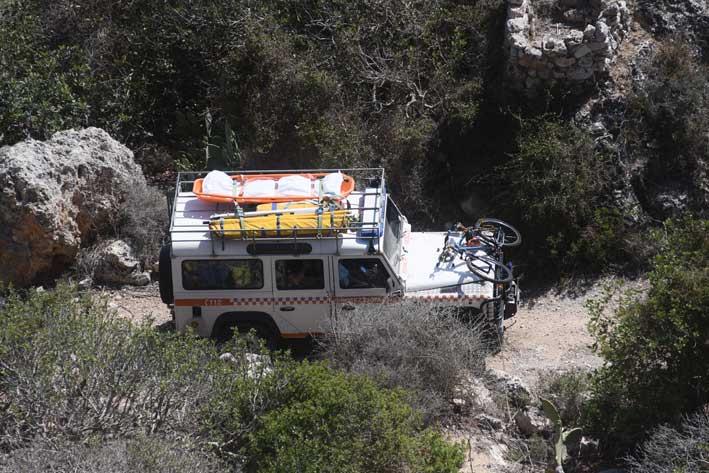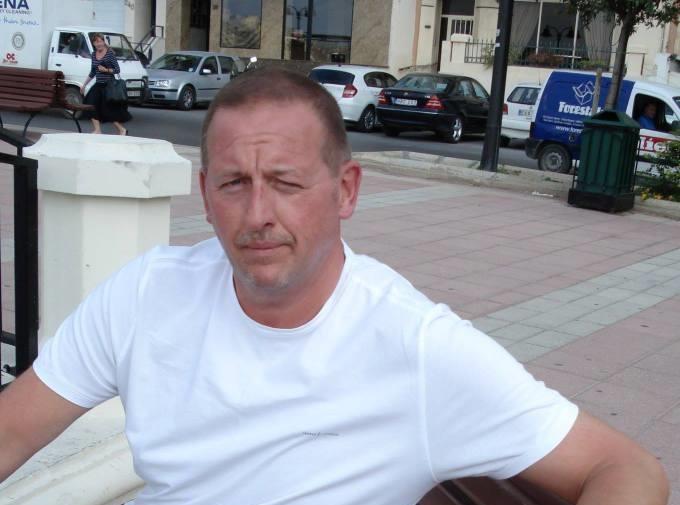Data which was recently tabled in Parliament shows that there were 837 missing person reports in 2016 but the number of people involved was much less, according to Inspector Busuttil, who is one of three inspectors in the Vice Squad. “A number of reports could be about the same person,” he says. “I remember we had one case, a teenage girl who lives in a care home. She was reported missing three times in the space of a few hours. She went out in the evening and failed to return. We found her and returned her to the care home but she escaped again after an hour. She repeated the whole thing after we had found her for the second time,” the Inspector chuckles.
But missing person reports sometimes lead investigators down a more grisly route. “Sometimes the search ends with the discovery of a body and a suicide note.”
Inspector Busuttil says the Malta Police Force acts on missing person reports immediately. “Unlike other countries we do not wait for 24 or 48 hours because the first hours may be the most crucial. There were occasions where we found the person we were looking for literally standing on the edge of a cliff, ready to take the plunge. The outcome would not have been so positive had we not started looking for them immediately.”
Missing persons may not always have suicidal tendencies but the police start investigating immediately for other reasons, including the possibility that the person might get on a plane and fly out of the country.

There is, in fact, a rather long check list that officers have to tick off before they start to worry. “We check all hospitals, Mt Carmel, the lock-up, the airlines and the Sicily ferry service. We send a picture of the missing person and the necessary information to all our branches, including the districts. We also check for recent bank transactions and check CCTV footage if we find signs of activity, the social services and the Agency for Welfare of Asylum Seekers in case the person is a migrant. We also try phone localization, check for recent internet activity, such as Facebook, and speak to Transport Malta, to see if a bus card was used. If they have a scheduled appointment at the hospital or any other entity, we go there and let them come to us.”
Inspector Busuttil says in one case some two years ago, an individual who had gone missing but who the police knew was living in the St Paul’s Bay area was found after his picture was distributed to all shops and take-aways in the area.
The inspector says if none of the above work an appeal for information is made through the media. “We do not use the media unnecessarily because people might get used to seeing missing person reports and become desensitized. At the same time when we use the media it means that the case is more serious and the check list has not led us to find the person.”

Officers investigating missing person reports have to be “creative,” Inspector Busuttil says. In some cases the army and the Civil Protection Department are roped in to help. One such instance was the search for Mike Mansholt, a German teenager who was found dead underneath the Dingli Cliffs. It is believed he fell over the edge with his bicycle. His body was located more than a week after he went missing in a search involving sniffer dogs, helicopters and many volunteers.

Inspector Busuttil says the disappearance of British national Tom Stewart from Mount Carmel Hospital in May 2016 remains one of the most mysterious cases. Mr Stewart, a diabetic, jumped over a perimeter wall, never to be seen again. The police had received several reports that a disheveled and confused Mr Steward had been seen walking barefoot on the Mosta-Lija road but it turned out that the man was a homeless person who resembled the Briton.
But the worst case in Inspector Busuttil’s memory is the gruesome discovery of the bodies of Mario Camilleri, known as ‘l-Imniehru,’ and his son Mario Junior. What started as a search for two missing persons turned into a full-blown double-murder investigation. While the bodies were being exhumed from the Birzebbuga field, forensic officers found a third body, belonging to taxi driver Matthew Zahra, who had disappeared some months before.
But the majority of missing person cases are much less sinister, the Inspector explains. “The majority of reports are about naughty care home girls who run away for a few days. Most of these girls are found, in the end.” The statistics show that over 600 cases filed in 2016 were about missing females, most of them teenagers. The inspector says he does not know why girls go missing more than boys. “Perhaps they are naughtier,” he quips.
The majority of missing people who are not found, the inspector says, are irregular migrants who leave Malta illegally. In fact, out of 260 people who have been missing since the 1970s, only six are Maltese. Over a third are Somali nationals. In one case involving an escaped migrant, the police found him on Facebook, with a profile picture showing him sipping beer near the Fontana di Trevi.”
Some people, including Maltese nationals, might flee the country for a myriad of reasons, including unpaid debts or trouble with some nasty people. The Inspector recounts the case of a Maltese man, who had been missing for several years. “His file came up for review so I ran a simple Google search and found that he had been jailed in Australia over a number of crimes. Until then his family had no idea was still alive.”
Some of the people who disappeared without a trace over the past few years include young Theo Bugeja, the only person who was never found after the Simshar tragedy, a Chinese woman who was swept out to sea in Gozo in 2015 and two French persons who disappeared in stormy seas near Xlendi two years earlier.
The inspector says there is nothing to suggest that disappearances are linked to more serious crimes, but there was one case where a human trafficker, a person who had smuggled some migrants into Malta to work for him, filed a missing person report.
Despite the fact that the majority of cases are not serious, the sheer number of them keeps the Vice Squad occupied. And this particular police section also deals with human trafficking, child abuse, sexual offences, domestic violence, hate crime, elderly abuse, illegal gambling. “You can never have enough resources. We try to be proactive. The more resources we have the more proactive we can be,” the Inspector says.